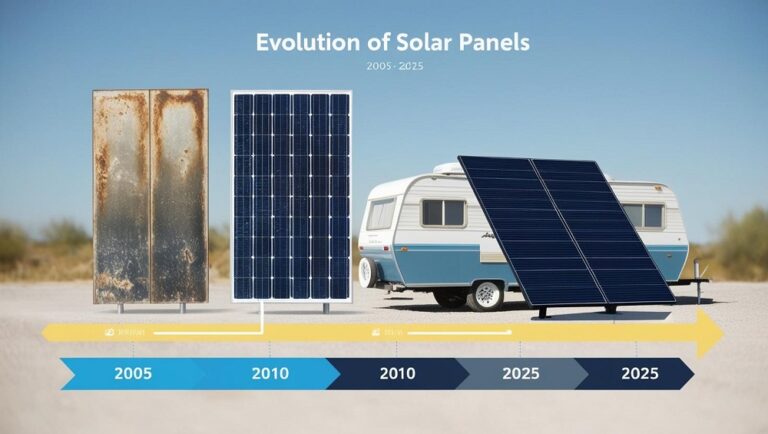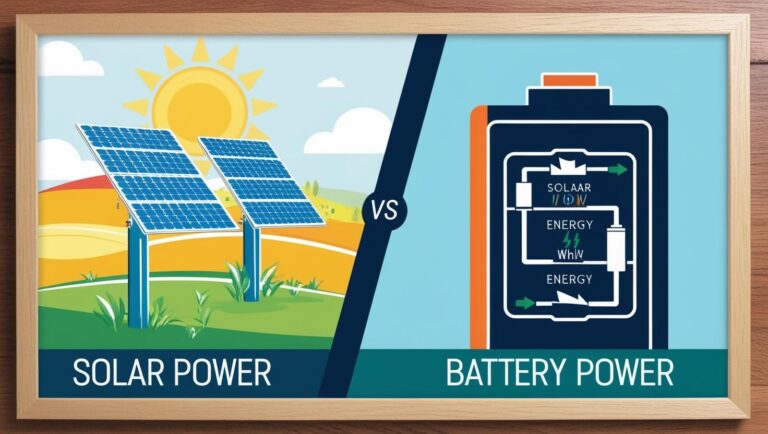2025 Costs, Incentives & How They Stack Up for Solar Powered Water Heaters
🌞 Solar Water Heaters 2025: Costs, Incentives & Installation Guide
Hot water doesn’t have to cost a fortune. 2025 brings breakthrough solar water heating tech that works in all climates—here’s how to leverage new tax credits and avoid outdated advice.
💧 Quick Answer: 2025 Solar Water Heating Basics
- Cost After 30% Tax Credit: $3,800–$9,200
- Payback Period: 4–7 years (vs. 6–10 in 2024)
- Solar Panels Needed: 2–4 (hybrid models)
- Top 2025 Brands: Rheem, SunEarth, Bosch
🔢 Calculate Your Savings *(Pre-loaded with 2025 water heater data)*
🔥 Why 2025 is the Best Year to Switch
3 Key Advancements:
- Cold-Climate Heat Pumps: Operate down to -20°F (vs. 40°F in 2024)
- 30% Federal Tax Credit: Extended through 2034 (up from 22%)
- AI Optimization: Learns usage patterns to save 15% more energy
Source: DOE 2025 Renewable Heating Report
⚙️ 2025 System Types Compared
| Type | Best For | Panels Needed | Avg. Cost |
|---|---|---|---|
| Thermosiphon | Sunbelt states | 2–3 | $3,800 |
| Heat Pump Hybrid | Cold climates | 3–4 | $6,500 |
| PV Direct | Off-grid homes | 4–6 | $9,200 |
Pro Tip: New 2025 “Smart Valves” reduce freeze risk in thermosiphons by 90%.
💰 2025 Incentives Breakdown
Federal & State Savings:
- 30% Federal Tax Credit (IRS Form 5695)
- Covers equipment + installation
- No dollar cap until 2032
- State Programs:
- CA: $1,000 rebate + property tax exclusion
- TX: 0% loans through Clean Energy Credit Union
- Check DSIRE 2025 for your state
🛠️ Installation Scenarios
Case Study 1: Arizona Family
- System: 2-panel thermosiphon
- Cost: $3,800 after credit
- Savings: $1,200/year vs electric tank
Case Study 2: Minnesota Cabin
- System: 4-panel heat pump hybrid
- Cost: $6,500 after credit
- Savings: $1,700/year vs propane
Do 2025 solar water heaters work below freezing?
Yes! 2025 models feature:
- Glycol-free designs (new self-draining tech)
- Auto-defrost modes down to -20°F
- DOE-certified for all climates
How do 2025 AI water heaters save money?
They learn your habits to:
- Pre-heat water before peak rate hours
- Adjust temps when you’re on vacation
- Sync with solar production in real-time


